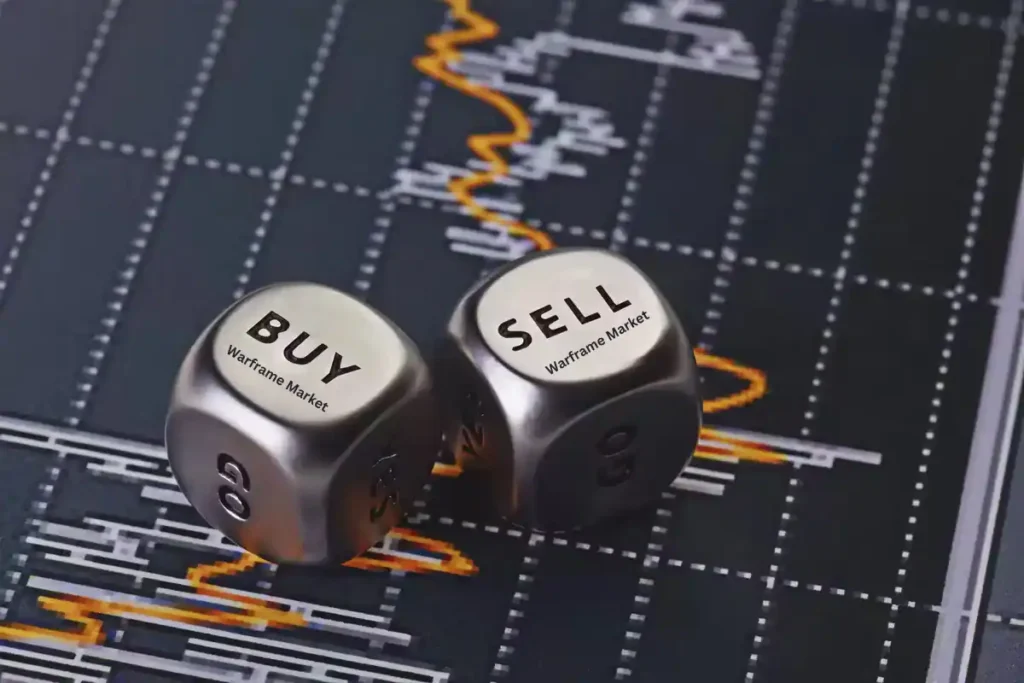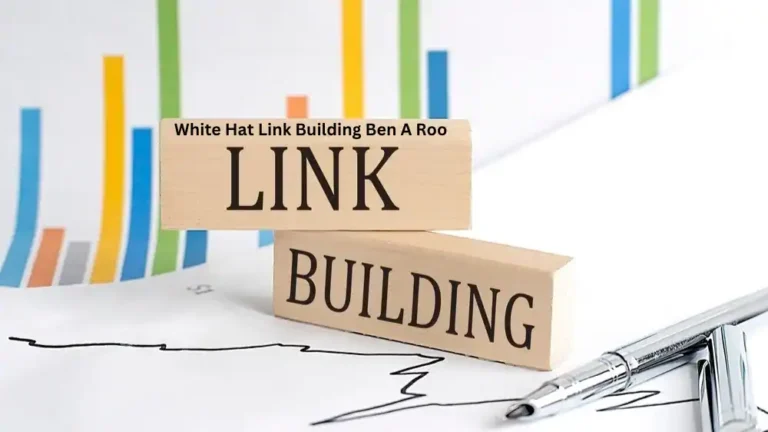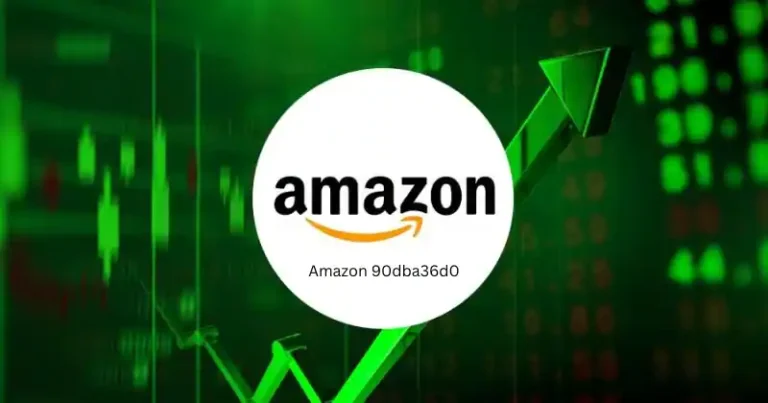
Introduction to Warframe and the In-Game Market
Welcome, Tenno! If you’ve spent any time in the vibrant universe of Warframe, you know that trading can be just as thrilling as combat. The Warframe Market offers a unique opportunity to enhance your gameplay experience and accumulate wealth in the form of Platinum. Whether you’re looking to score some rare mods or trade for elusive Prime parts, mastering this market can significantly boost your arsenal.
But navigating this bustling marketplace isn’t always straightforward. It requires more than just luck; it demands strategy, knowledge, and a keen eye for deals. So gear up—this guide will empower you with tips and tactics to buy low and sell high like a seasoned pro!
Understanding Platinum and Its Importance in Trading
Platinum is the lifeblood of the Warframe market. It’s not just a currency; it’s a gateway to acquiring valuable items, weapons, and mods that enhance your gameplay experience.
In this universe, Platinum can be earned through various means—completing missions, selling unwanted gear, or trading with other players. Understanding its value is crucial for any aspiring trader.
Prices fluctuate based on demand and supply dynamics. Keep an eye on popular items that players crave. Knowing when to buy low and sell high can transform you from a casual player into a savvy trader.
Engaging in trade chat offers real-time insights into current trends. Players often discuss deals there, giving you an advantage if you’re attentive.
Mastering Platinum management enables you to leverage opportunities effectively within the marketplace and build wealth while enjoying everything Warframe has to offer.
Tips for Buying Low and Selling High on the Market
To excel in the Warframe Market, timing is everything. Monitor market trends closely. Prices fluctuate daily based on supply and demand.
Know which items are hot commodities. Rare mods or prime parts often command higher prices. Buy when these items dip during off-peak hours when players are less active.
Don’t rush into purchases without research. Use trade chat to gauge current prices before making any moves. This helps you avoid overpaying.
When selling, aim for peak times to maximize visibility and interest in your offers. A well-timed sale can lead to significantly better profit margins.
Consider bundling lower-value items together; this strategy can attract buyers looking for deals while clearing out your inventory efficiently. Always be prepared to negotiate as well—flexibility might just land you a better deal than you initially expected.
Utilizing Trade Chat and Third-Party Websites for Trading
Trade Chat is a bustling hub in Warframe, a place where players gather to negotiate and strike deals. Tapping into this chat can be your gateway to great bargains. Keep an eye on the messages flowing through; you never know when someone will offer that rare item you’ve been hunting.
While Trade Chat is efficient, third-party websites take trading to another level. Platforms like Warframe.market allow for easy price comparisons and direct listings of items. This transparency helps you gauge the market value before making any moves.
Using both tools strategically enhances your trading prowess. You can post what you’re selling on these sites while simultaneously monitoring trade offers in-game.
Engagement with other traders is crucial too—don’t shy away from reaching out for negotiations or asking questions about items’ histories!
Strategies for Making Profit in the Market
To succeed in the Warframe Market, develop a keen sense of market trends. Monitor item prices regularly to identify fluctuations. Knowledge is power, and understanding which items are currently hot can help you make informed decisions.
Consider investing in rare mods or prime parts during events when players are eager for quick upgrades. Timing your purchases during these peaks can yield significant returns later.
Diversify your inventory as well. Rather than focusing solely on one type of item, spread your investments across various categories—weapons, cosmetics, and resources alike. This strategy reduces risk while maximizing potential gains.
Another effective approach is to engage with the community actively. Join forums or Discord channels where trading discussions thrive. Networking often reveals insider tips that can give you an edge over competitors.
Patience pays off in this market. Don’t rush into trades; sometimes waiting for the right buyer offers better profits down the line.
Common Mistakes to Avoid When Trading
Trading in the Warframe market can be a thrilling experience, but common mistakes often trip up even seasoned players. One major pitfall is failing to research item values. Prices fluctuate based on demand and rarity; knowledge is power.
Another mistake is being impatient. Rushing into trades can lead to regrettable deals. Take your time to evaluate offers and don’t settle for less than what you deserve.
Additionally, overlooking communication can hinder successful trades. Clear discussions with potential buyers or sellers build trust and ensure both parties are satisfied.
Avoid hoarding items without purpose. Inventory management is crucial; holding onto everything may prevent you from capitalizing on valuable opportunities that arise in the market landscape.
Conclusion: Becoming a Successful Trader in Warframe
Mastering the Warframe Market requires patience and strategic thinking. As you dive into trading, remember that knowledge is your greatest asset.
Engage with the community. Join forums and Discord servers dedicated to Warframe trading discussions. Networking can open up new opportunities.
Keep an eye on market trends. Prices fluctuate based on events, updates, or player demand. Staying informed will give you a competitive edge.
Always be mindful of your inventory. Knowing what items are in high demand can help you make better buying and selling decisions.
Embrace a mindset of continuous improvement. Analyze past trades to learn from successes and failures alike. Adaptability is key in this ever-changing environment.
With dedication and practice, you’ll navigate the Warframe Market like a pro before long.
FAQS
Mastering the Warframe Market: Buy & Sell Like a Pro
Introduction to Warframe and the In-Game Market
Warframe is more than just an action-packed multiplayer game; it’s also a thriving economy where players can trade items for Platinum, the in-game currency. Understanding how this market operates is essential for any player looking to enhance their experience while maximizing their resources.
Understanding Platinum and Its Importance in Trading
Platinum serves as the backbone of transactions within Warframe. Players earn it through gameplay but can also purchase it with real money. Knowing its value helps you navigate trades effectively. Familiarity with current prices will give you leverage when negotiating deals.
Tips for Buying Low and Selling High on the Market
Timing is everything in trading. Monitor item demand trends closely—some items spike in popularity due to updates or events, making them prime targets for buying low and selling high later. Always compare prices before making purchases or sales to ensure you’re getting fair value.
Utilizing Trade Chat and Third-Party Websites for Trading
Trade Chat is your direct line to potential buyers and sellers within Warframe’s community. Engage actively by providing clear information about what you’re offering or seeking. Additionally, third-party websites often list average market values, helping you make informed decisions regarding pricing strategies.
Strategies for Making Profit in the Market
Flipping items—buying low during a seller’s market then reselling at higher rates—is one effective strategy many traders employ successfully. You could focus on farming rare mods or crafting exclusive Prime gear that holds long-term value among players eager to improve their loadouts.
Common Mistakes to Avoid When Trading
Many traders fall into traps like overpricing items based on sentiment rather than actual demand fluctuations or failing to research adequately before engaging with other players online. Steer clear of these pitfalls by sticking strictly to data-driven approaches when setting up trades!




